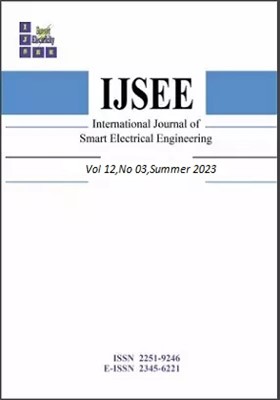Novel Adaptive Damping Controller for Interline Power Flow Controller to Improve Power System Stability
Subject Areas : International Journal of Smart Electrical Engineering
Naser Taheri
1
,
Hamed Orojlo
2
![]() ,
Hamid Karimi
3
,
Farhad Ebrahimi
4
,
Kaveh Khalifeh
5
,
Hamid Karimi
3
,
Farhad Ebrahimi
4
,
Kaveh Khalifeh
5
1 - Faculty Member, Department of Electrical Engineering, Technical and Vocational University (TVU), Tehran, Iran
2 - Faculty Member, Department of Mechanical Engineering, Technical and Vocational University (TVU), Tehran, Iran
3 - Faculty Member, Department of Computer Engineering, Technical and Vocational University (TVU), Tehran, Iran
4 - Department of Computer Engineering, Islamic Azad University, Qeshm Branch, Qeshm, Iran
5 - Department of Mechanical Engineering, Maragheh University, Maragheh, Iran
Keywords:
Abstract :


